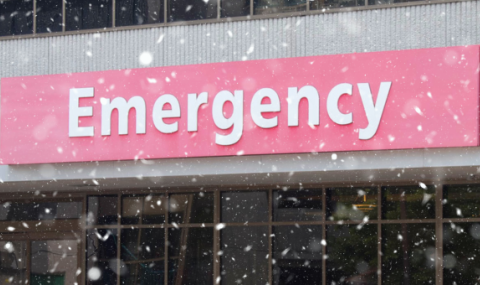Understanding how energy is being used in the buildings and having the ability to measure this usage are crucial to being able to manage and reduce it. The old phrase, "you cannot manage what you cannot measure" certainly applies to energy consumption. An energy manager must be able to determine the relationship of energy consumption with the driving factors, such as weather, HVAC equipment, occupancy, service or production etc. Energy use that has been tracked must be explained in relation to these factors and instances when consumption is higher or lower than expected must have an answer. It is helpful to be able to visualize energy trends, determine future energy costs, diagnose specific areas of energy waste, and verify energy savings of any reduction initiatives taken. The ultimate goal is to reduce energy use through energy management and control and monitoring and tracking is essential to this process.
Energy use profiling
The first and most basic method of monitoring and tracking is to compile a few years of energy bills and begin to build an energy profile for the organization. LHSC has been doing this for the last fifteen years and produces annual reports that detail this information. LHSC tracks monthly data for approximately one hundred measurements from natural gas, electricity, steam usage, energy rates and price trends, energy production costs, and greenhouse gas emissions. Analyzing this data has enabled the hospital to better understand the major drivers in energy cost and consumption.
Moving to real-time monitoring and tracking
While historical data is very important to understanding how energy is used, it is not an effective way to catch energy waste when it occurs. Real-time monitoring and tracking can alert the hospital to an energy consumption problem so that a solution can be implemented and save the cost of the particular issue running its course. It is LHSC's goal to move further in this direction with the use of sub-metering, utility management software, and by making improvements to our building automation system.
Sub-metering
Sub-meters are physical metering devices that monitor a building's utilities. The meters will take a reading every few minutes or seconds and relay that information back to a building automation system or utility management software where it will be stored. The data can be displayed in real-time and trends and history can be kept to refer back to at any time. Sub-metering provides a way for an energy manager to view energy consumption in real time, rather than compiling billing information and looking at the picture 30 to 45 days later. Currently, LHSC has a portfolio of about 30 sub-meters that measure steam and electricity use and feed the data to a customized Honeywell dashboard.
Utility Management Software
LHSC is now installing utility management software called e.RIS. The utility management software will track the hospital utilities, market prices of natural gas and electricity, sub-metering data from the hospital, weather data from Environment Canada, billing information from local utilities, and provincial electricity demand, all in real-time. The e.RIS system was selected for its use of use, customized data views, and excellent customer service from its creator, Eramosa.
- Download the complete Monitoring and Tracking report
- Return to the main Energy Management Plan page



